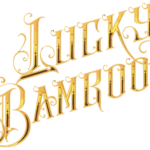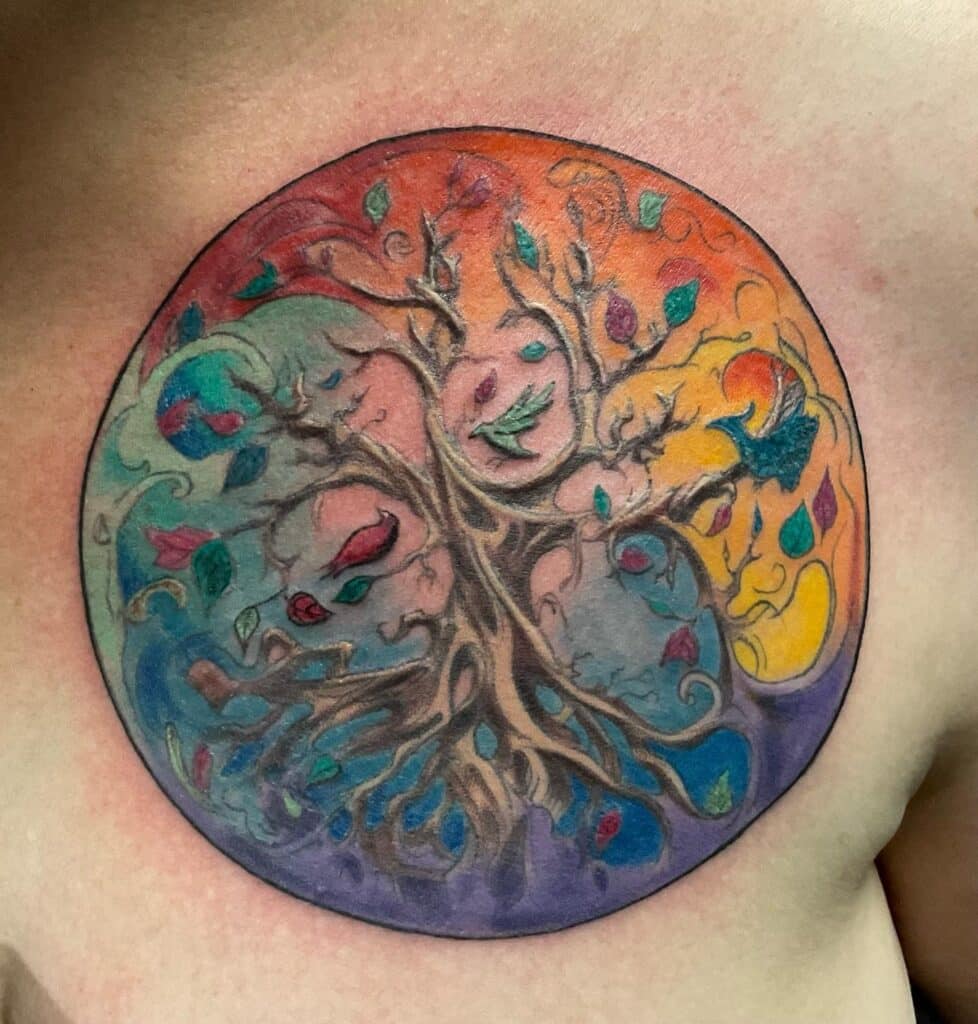
The History of Scottish and Irish Tattoos
Ireland and Scotland are breathtaking countries steeped in rich history and vibrant culture. For the Celts of Ireland and the Pictish warriors of Scotland, going into battle was one of the highest honors. Historical records show that Irish warriors and Scottish fighters often entered battle bare-chested or even completely naked. This bold tactic was designed to intimidate and unsettle their enemies. This storied past is beautifully captured in Celtic tattoos, notably in Irish tattoos and Scottish tattoos, which reflect the bravery and heritage of these ancient warriors.
Early on, the Pictish of Scotland and the Celtic warriors of Ireland would often don “woad” war paint, which was brought more into the public eye in a certain famous movie in the 90s. Woad war paint was a preparatory and less permanent way to decorate your body to be ready for battle. It, too, was used as a form of intimidation and it was ritualistic in nature were often colorful. Woad paint was made into a paste by boiling the woad plant, ending up blue/indigo.
Permanent tattoos weren’t just given to anyone that wanted one, like in today’s world. Tattoos were earned through victory in battle or some other great achievement. The most common method of applying these early tattoos was by using thorns and with ink made from ash and bone char. Early tattoos were all blackish/blue in color initially. Colored tattoo ink wasn’t really invented until 1600s Japan. Some speculate that the Celts and Pictish used woad paste for some of their tattoos, but it’s not 100% certain.
If the Celts of Ireland and Picti of Scotland used woad created paste to make an ink for tattooing, it would make sense, however. Their connection to nature and the earth ran very deep and they tapped into the organic energy that surrounds us all. The love of nature and the natural world was very important to these people, much akin to the Native Americans in the United States.
There wasn’t an age or gender limitation. If you did something that warranted a permanent tattoo, you earned it. Although women didn’t have as big a role and status as the Norse viking women did, the Pictish and Celts still gave their women high station in society more so than most other parts of the world. It wasn’t unheard of for women to engage in battle or a hunt. In fact, in some factions, women were the primary hunters for their clan.
Scars in battle were a thing to be proud of in their societies. These were a badge of honor and something to show off. It’s no surprise that they would often highlight their scars by adding tattoos to accentuate them. There would be contests to see who had the most impressive battle scars to survive from. Simply put, it was to show how tough you are.
Besides paints and tattoos, the Pictish and Celts would often use colorful pastes made from various sources to temporarily dye their hair outrageous colors and style them in spikes. This was another form of intimidation going into battle.
The Celtic knot, well known still today, was the most popular type of tattoo found, along with depictions of animals. The most popular area to get tattooed was on the upper chest and arms. The Triskelion is another of those symbols that was widely seen throughout history. The symbol basically means “three legs”, because the Triskelion had three points.
One of the most widely seen symbols in the design of Celtic knot is the Triquetra, which means “three cornered.” The Triquetra has no beginning or end, and can often be associated with time and infinity.
The Tree of Life, the “Crane Bethadh” is also quite popular, today as it was early on. The tree of life is very distinct and often seen inclosed in a circle. It represents just as the name suggests, life and the journey of life.
Among the previously mentioned designs, some other very popular tattoos are the Celtic Cross, the Claddagh, Ailm, the Awen/Arwen, and the Carolingian Cross.
ARE YOU READY FOR YOUR NEXT TATTOO?
If you’re ready to get your next tattoo done, schedule an appointment or a consult with an award-winning tattoo parlor. Here at Lucky Bamboo Tattoo, we have some of the best and most experienced tattoo artists in Utah and the Salt Lake City area. We can tattoo any style you’d like, and our artists can even design your next piece as well.
Come see why we have been voted “The Best Tattoo Studio In Utah” for several years in a row.
Lucky Bamboo Tattoo understands that tattoo collectors searching for the best tattoo shop in Utah comes with a big responsibility and we here at LBT are ready to fulfill your tattoo needs.

